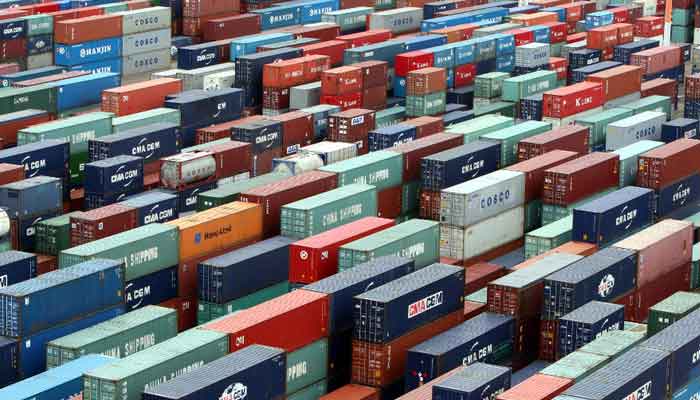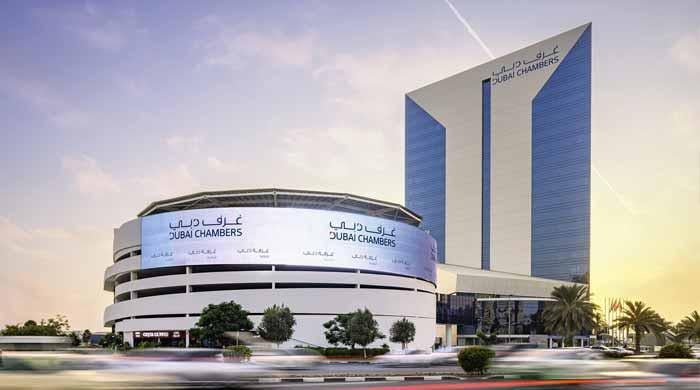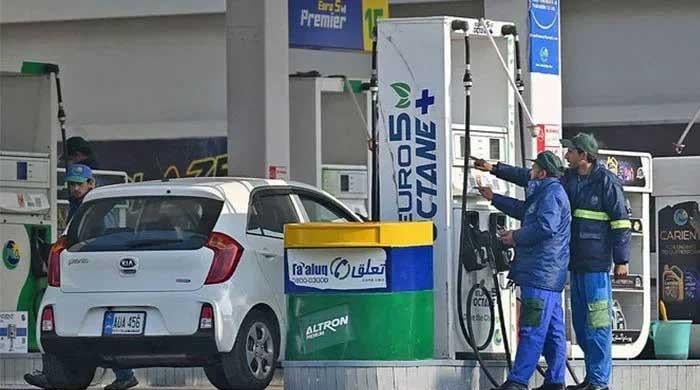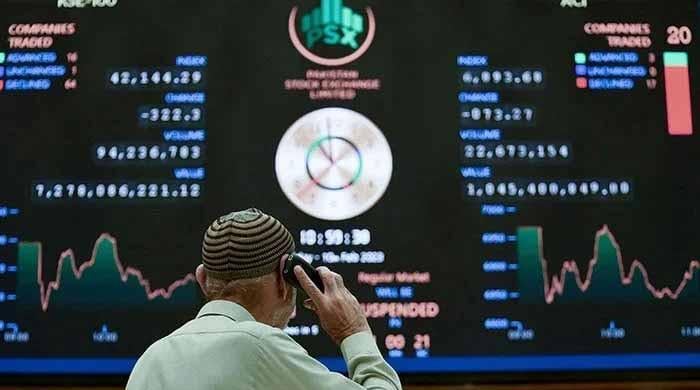Pakistan outlines tariff cuts in draft policy to boost exports, jobs by 2030
Reforms to increase competitiveness of local industry, help shift economy away from import-driven consumption
June 19, 2025

- Current five-tier customs duty structure will be simplified into four slabs.
- Government will gradually reduce overall average tariffs.
- High tariffs are our biggest barrier: Commerce Secretary Jawad Paul.
ISLAMABAD: In a significant shift towards promoting export-led growth, Pakistan plans to reduce its average tariff rate from 20.19% to just 9.7% over the next five years. This initiative is part of the draft National Tariff Policy 2025-30, which aims to eliminate regulatory duties and phase out additional customs duties by 2029, officials informed a parliamentary panel on Wednesday, The News reported on Thursday.
As part of the tariff rationalisation plan, the current five-tier customs duty structure will be simplified into four slabs: 0%, 5%, 10%, and 15%. The maximum customs duty will be lowered to 15% within five years. Additionally, the outdated 5th Schedule will be abolished.
The reforms are part of the newly introduced National Tariff Policy 2025–30, which aims to boost export-led growth and create jobs. The policy was explained by the Commerce Ministry, the Finance Ministry and the Federal Board of Revenue during a briefing to the National Assembly’s Standing Committee on Finance and Revenue on Wednesday.
The sweeping reforms aim to make imports cheaper, push local industries to compete globally, and shift the economy away from import-driven consumption that has fuelled balance of payment crises.
The government will gradually reduce overall average tariffs from the current 20.19% to 9.7% by 2030 under the policy, officials told the parliamentary finance panel. In the first year, average tariffs will be cut to 15.65%, followed by annual reductions to 13%, 11.5%, and 10.25%, reaching 9.7% by the final year (2030).
The average customs duty (CD), currently at 11.93%, will be brought down to 11.18% in the first year, followed by 11%, 10.5%, 10%, and ultimately 9.7% by 2030. Additional customs duty (ACD) will be reduced from the current average of 3.66% to 1.76% in the first year, 1% in the second, 0.5% in the third, and completely eliminated by the fourth and fifth years.
Similarly, regulatory duty (RD) will be slashed from 4.6% to 2.71% in the first year, 1% in the second, 0.5% in the third, 0.25% in the fourth, and eliminated entirely by 2030.
“High tariffs are our biggest barrier,” said Commerce Secretary Jawad Paul. Pakistan’s past free trade agreements (FTAs) failed to yield positive results, “We have been protecting local industries for the last 40 years—it’s time to open up.”
Some local manufacturers may feel the heat from cheaper imports, but officials say the shake-up is necessary. “Tariffs have become a protection wall,” FBR’s Chairman Rashid Langrial added.
Commerce officials cited World Bank modelling that predicts exports could rise by 10–14% and imports by 5–6% if the policy is fully implemented. The FBR and key stakeholders were consulted during drafting, and a cabinet-level implementation committee has been formed to ensure follow-through.
Finance Minister Muhammad Aurangzeb emphasized the shift from using tariffs as a revenue tool to using them for economic reform. “In the past, we used tariffs to solve balance of payments issues,” he said. “Now, we’re using them to boost competitiveness.”
Still, concerns remain. NA Finance Committee Chairman Syed Naveed Qamar questioned whether the next government will stay the course. The Commerce Secretary responded confidently: “This policy, like the last one, is built to last five years.”
The committee debated enforcement steps to curb Pakistan’s Rs300 billion tax loss from untaxed cigarettes, rejecting police action in favour of excise and revenue officials. The FBR said the losses include counterfeit local brands and reported a drop in tyers smuggling, with more anti-smuggling measures on the way.









